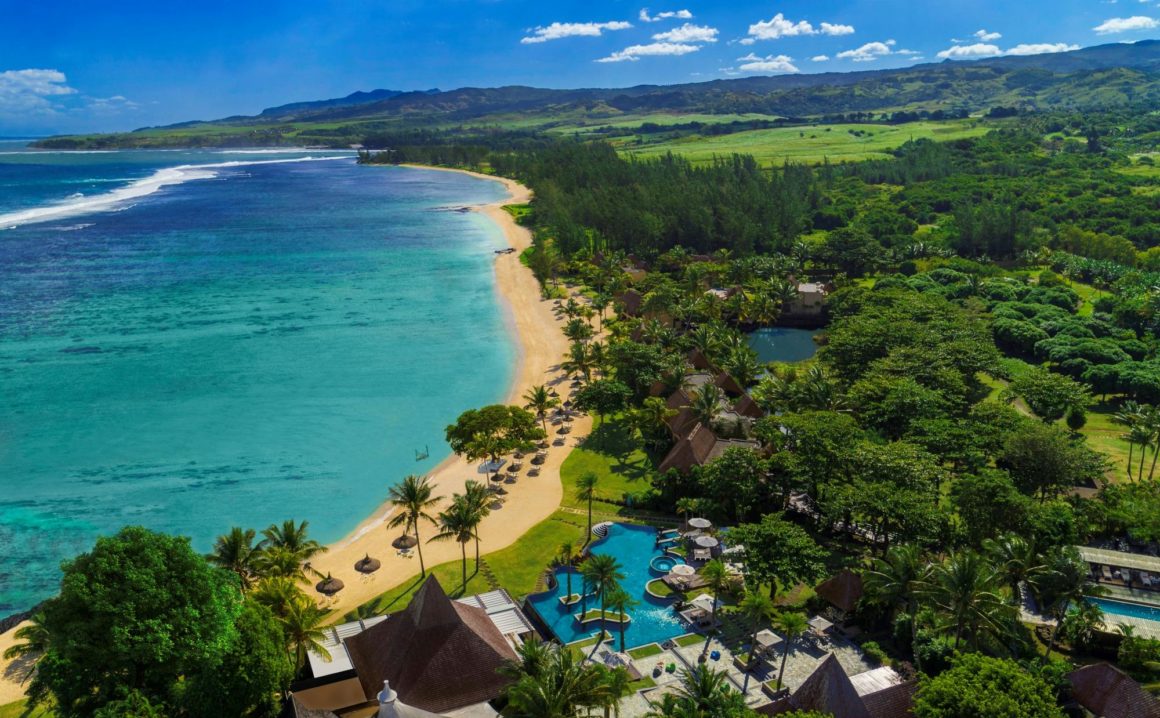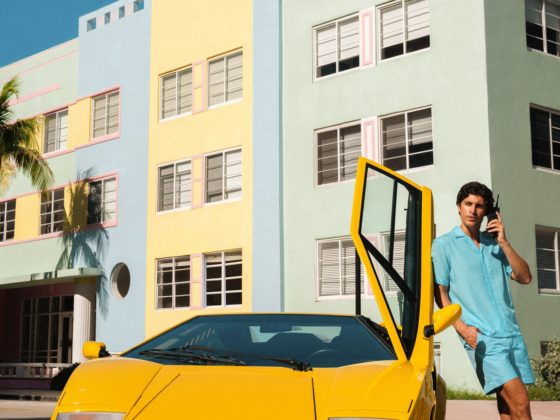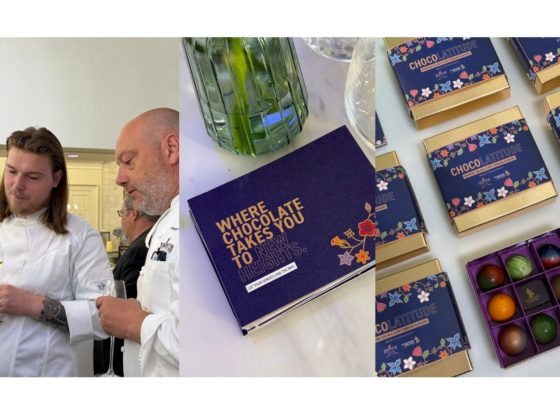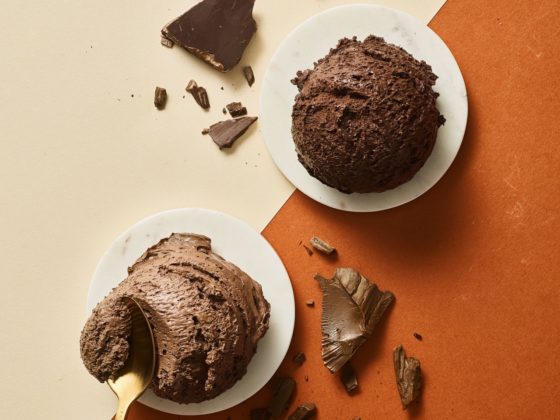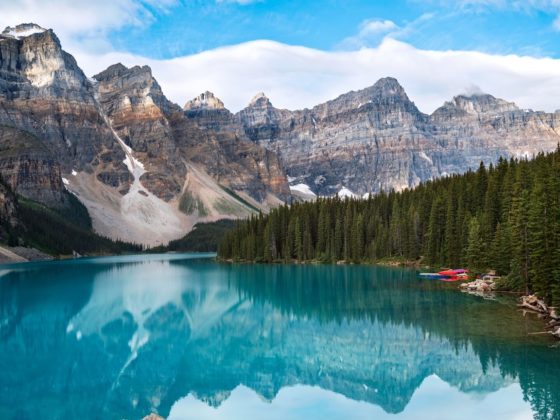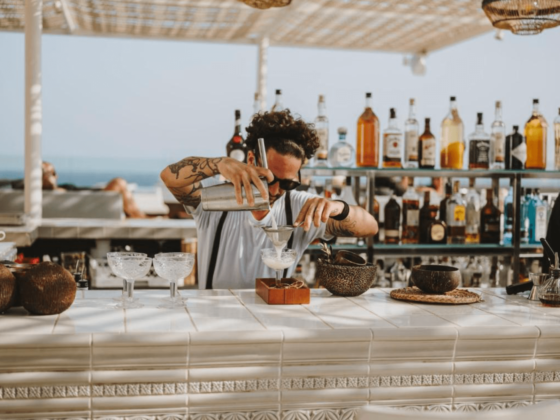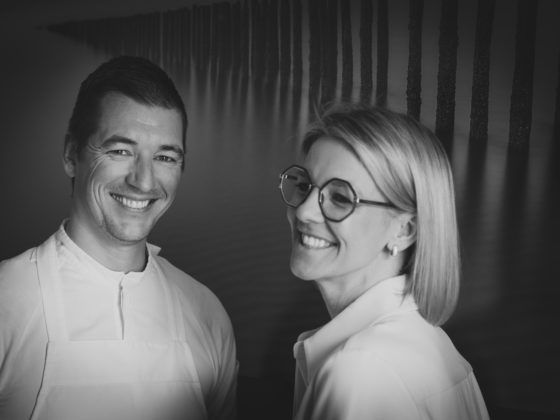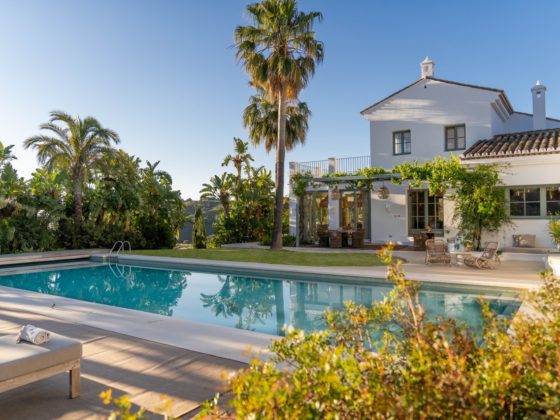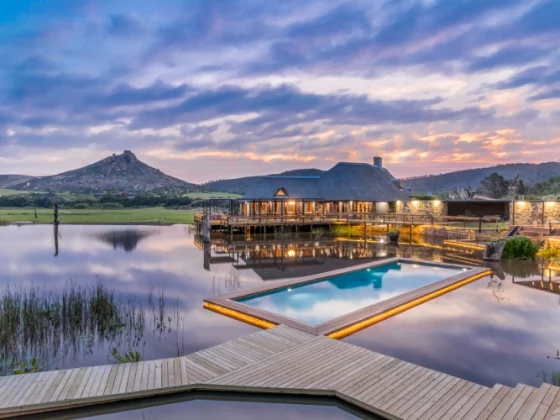A new era for the Indian Ocean’s most elegant hideaway
Mauritius — the jewel of the Indian Ocean — is entering a transformative phase. Once known mainly for its turquoise lagoons and postcard beaches, the island is now redefining itself as a sanctuary where wellness, gastronomy, and sustainable design converge. As 2026 approaches, Mauritius stands out as a model for conscious luxury travel: a place that balances indulgence with authenticity and sophistication with soul.
The Shift: From Resort Holidays to Conscious Escapes
For decades, Mauritius epitomised barefoot luxury. But modern travellers — especially from Asia, Europe, and the US — now seek deeper meaning in their journeys. They look for destinations that connect nature, culture, and personal renewal. Boutique resorts such as Shanti Maurice, Lakaz Chamarel, and LUX Le Morne* are pioneers of this transformation. Each property integrates eco-conscious architecture, local craftsmanship, and community engagement. Here, wellbeing is no longer a spa treatment — it’s the rhythm of sega music at sunset, the aroma of sugarcane in the breeze, and the slow pulse of island life.
Shanti Maurice:






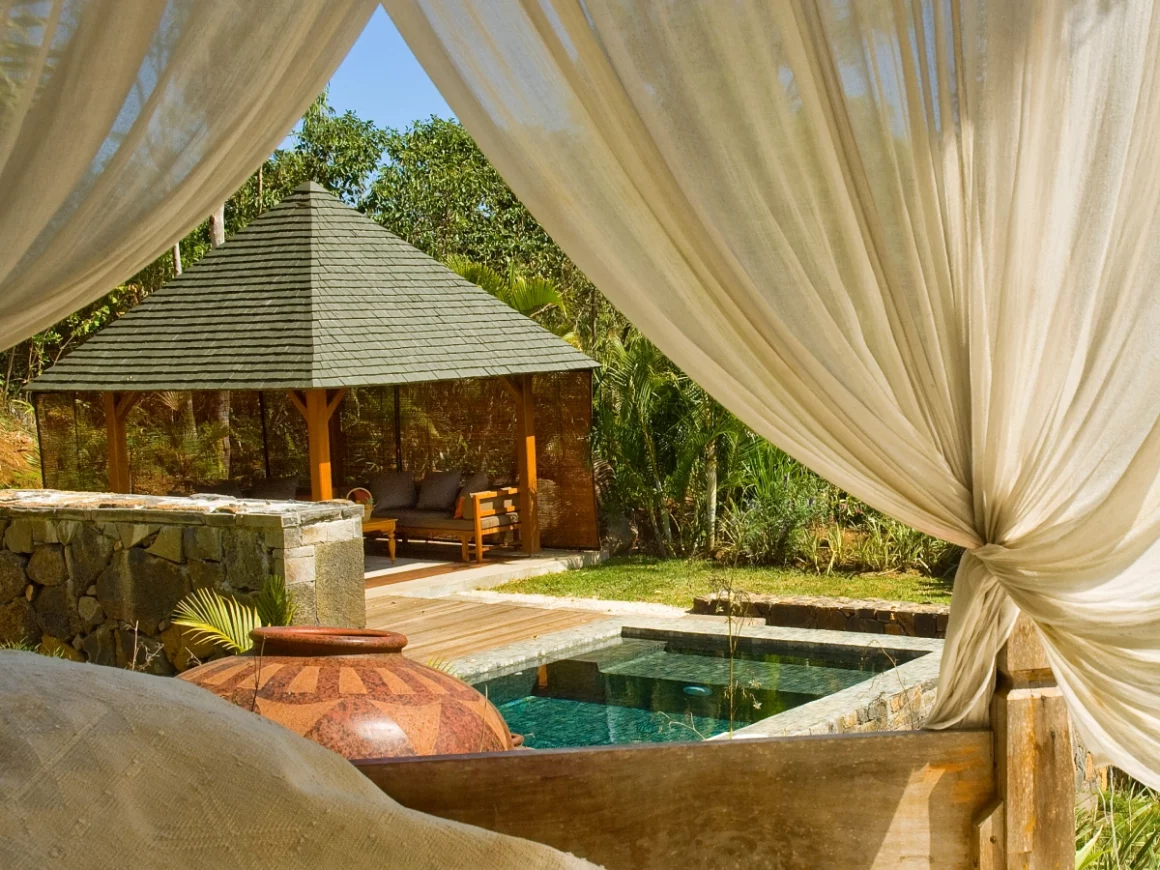
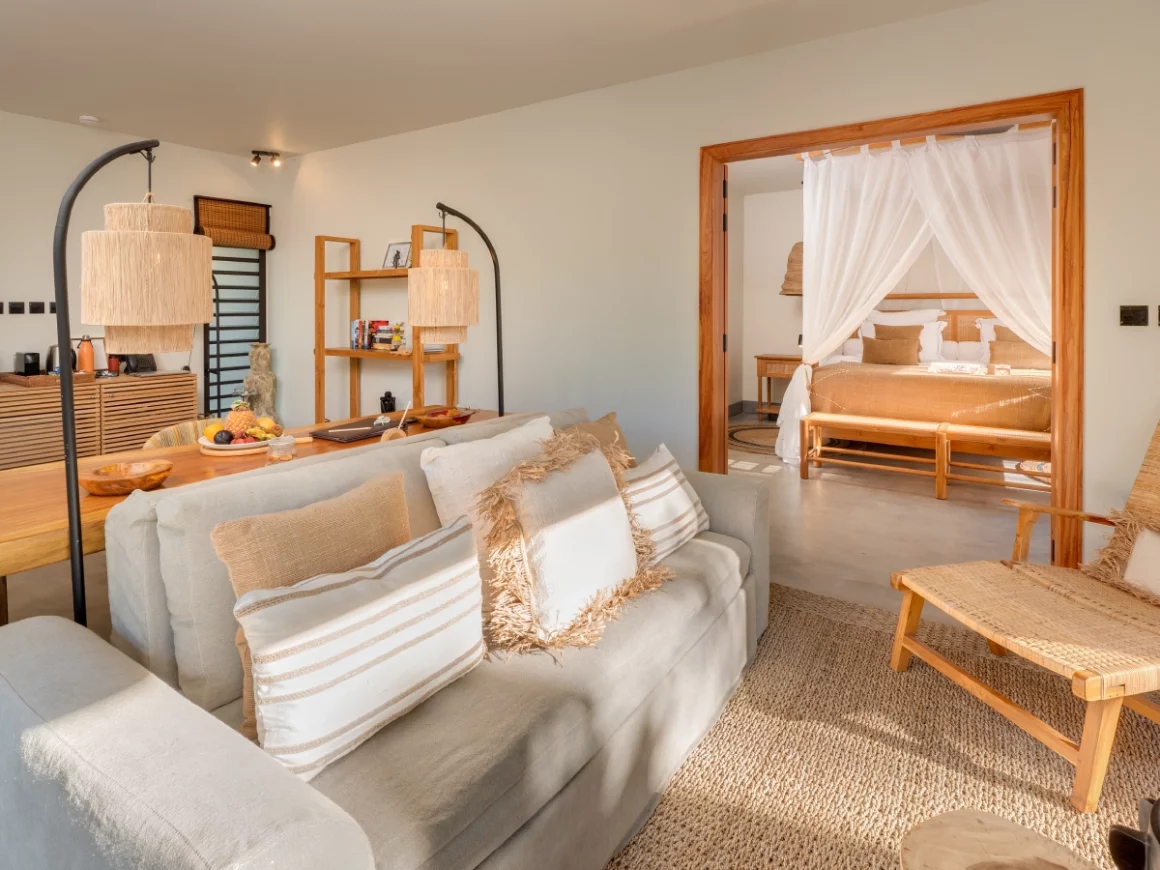
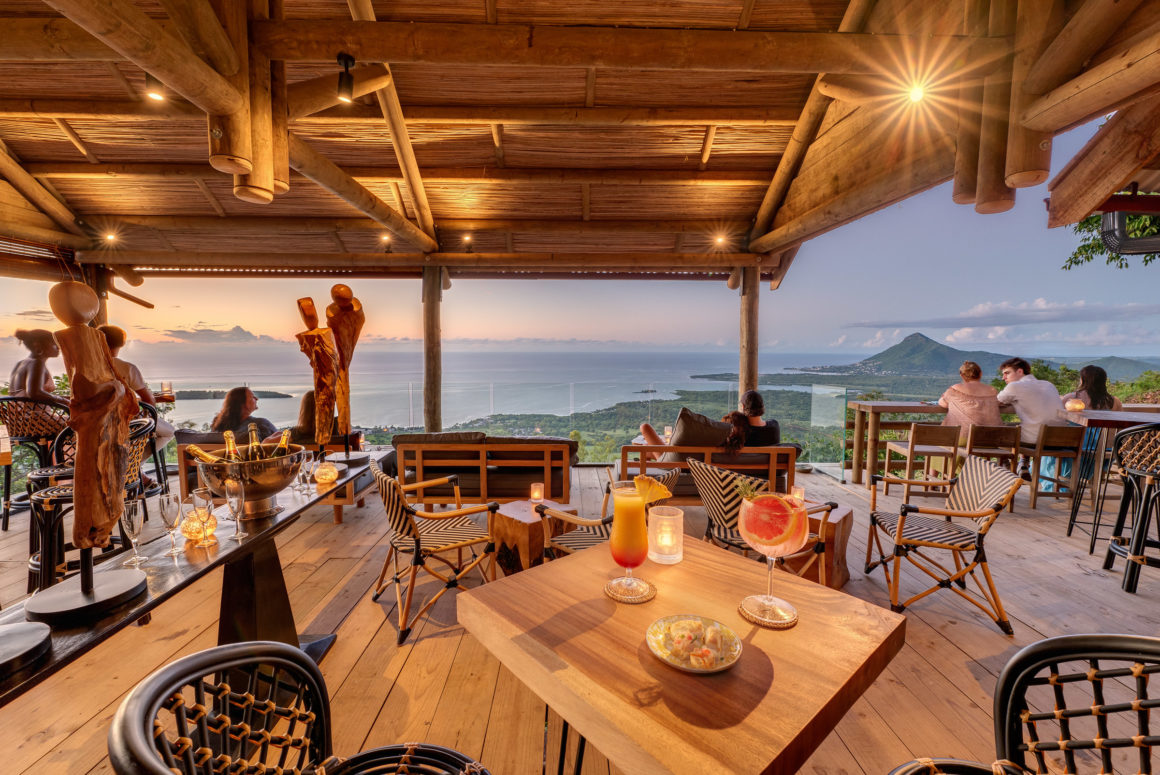
Culinary Awakening: A Taste of Creole Chic
The Mauritian culinary scene is evolving into a refined expression of identity. Influenced by Indian, Chinese, African, and European roots, the island’s cuisine reflects its cultural mosaic. Chefs like Fabio de Poli at La Table du Château are reimagining Creole classics with modern techniques, transforming local ingredients into gastronomic art. Fine dining venues such as Le Château de Bel Ombre celebrate terroir — using tropical fruits, spices, and fresh seafood — while markets like Port Louis’ Central Market highlight the vibrant street-food energy that defines Mauritius.
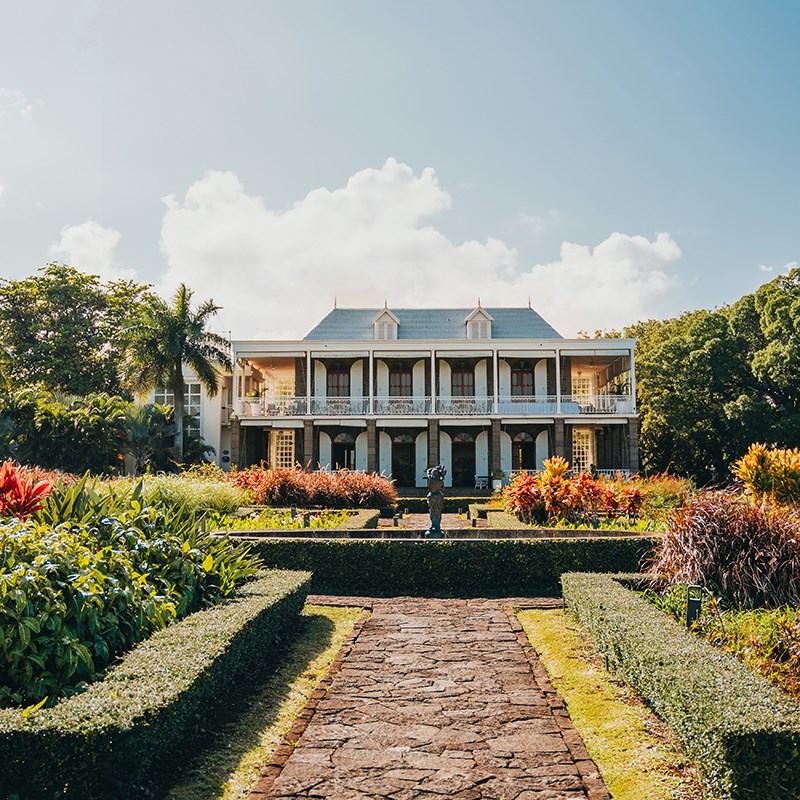

The New Wellness Frontier
Wellness travel in Mauritius has matured beyond luxury spas. Resorts like Salt of Palmar and Anantara Iko Mauritius Resort & Villas promote a holistic lifestyle focused on mindfulness, plant-based nutrition, and reconnection with nature. Guests can practise sunrise yoga in Chamarel’s verdant hills, participate in ocean-therapy rituals, or join Ayurvedic and detox programmes guided by local experts. This shift reflects a global wellness trend where experience, purpose, and place are deeply intertwined.
Salt of Palmar:
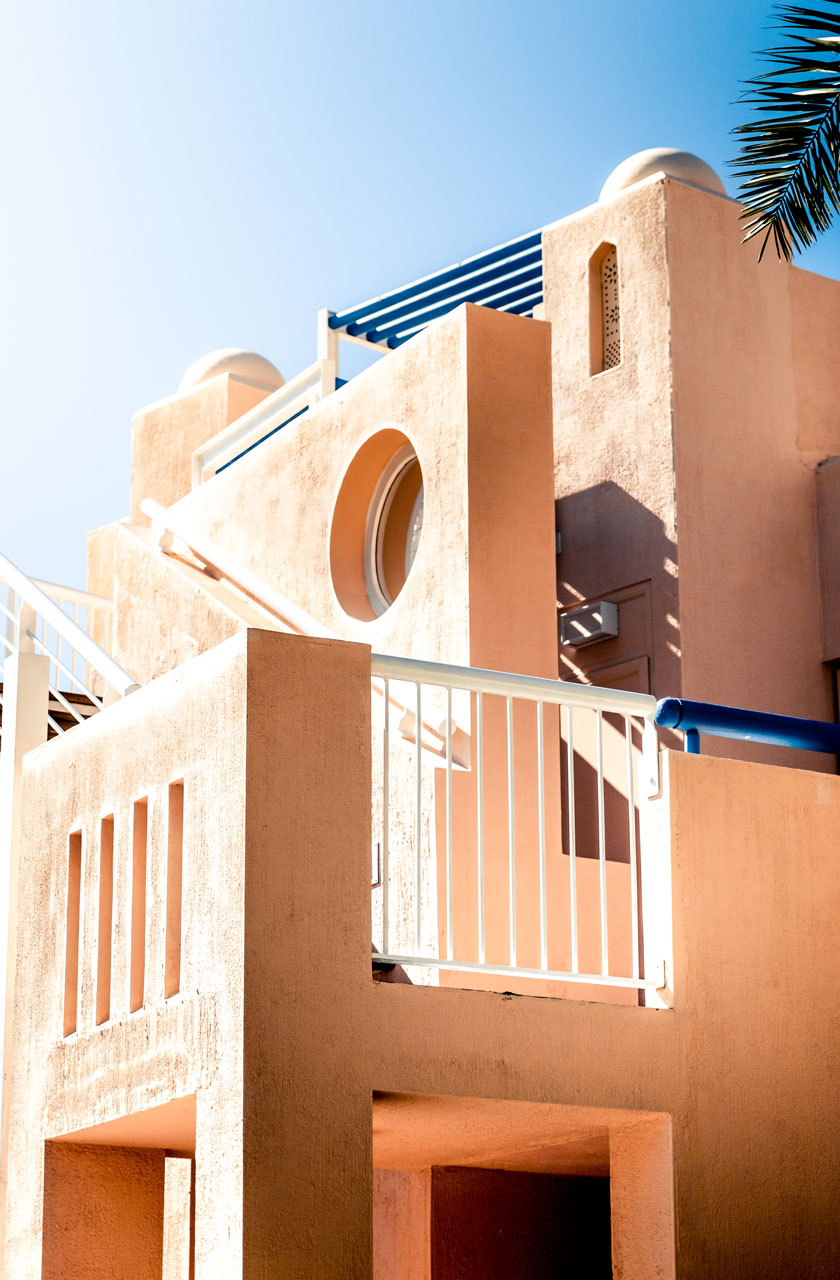
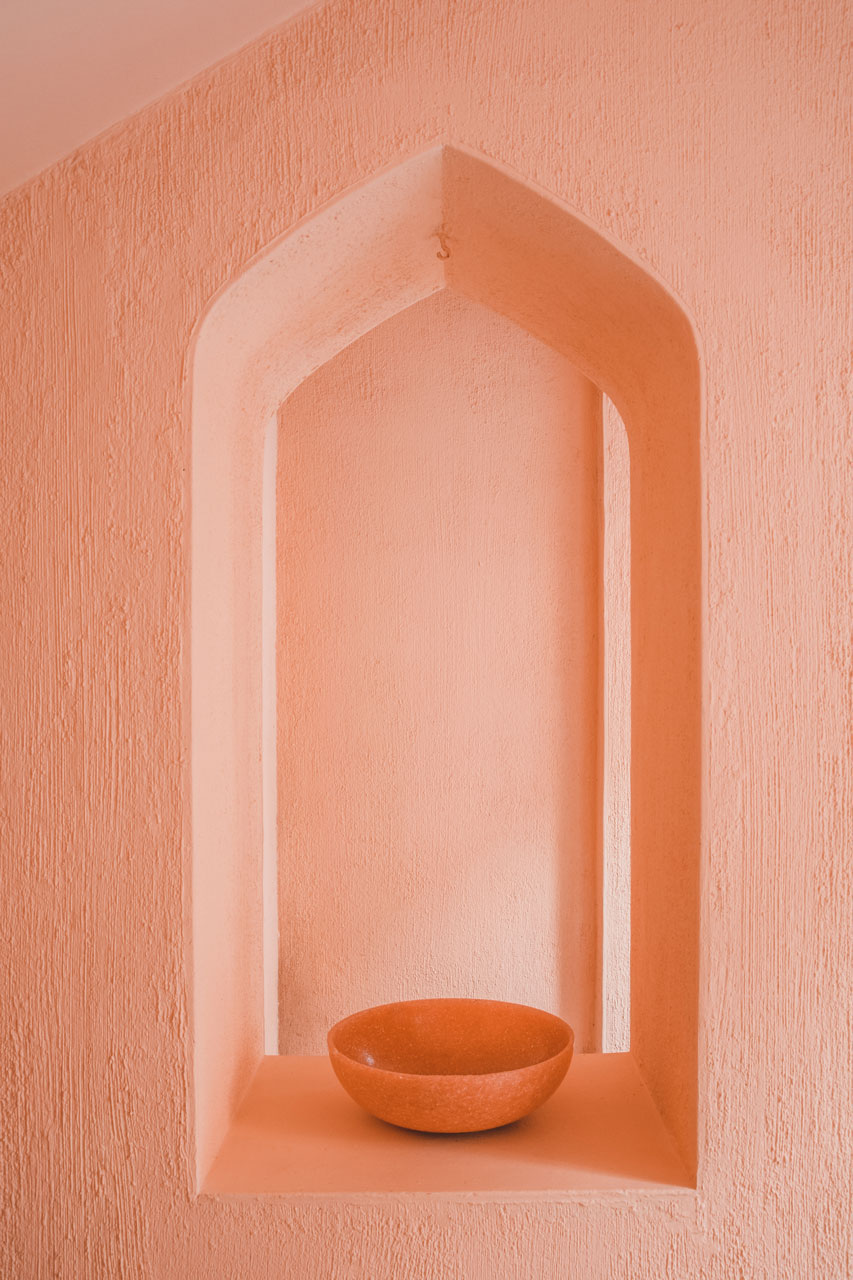
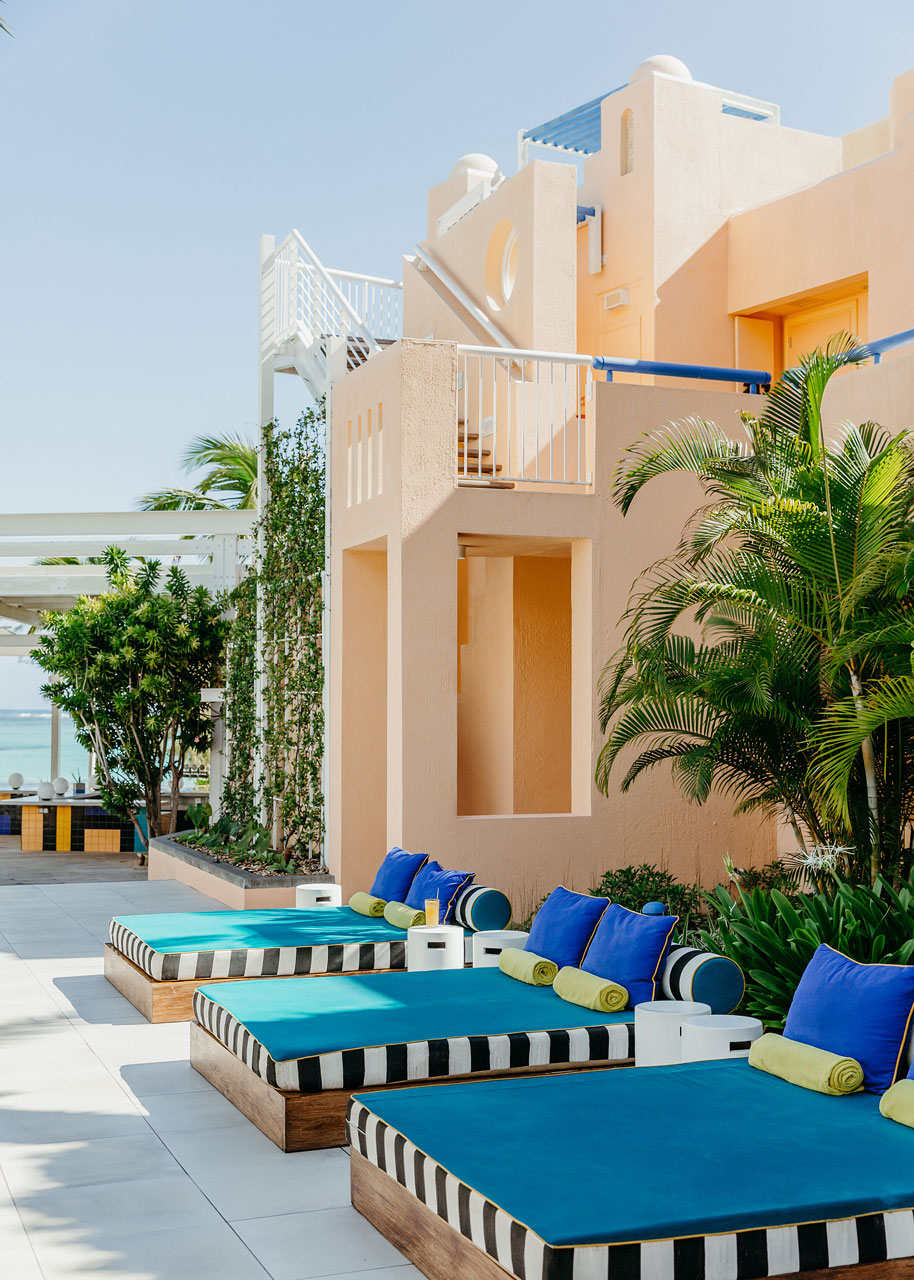
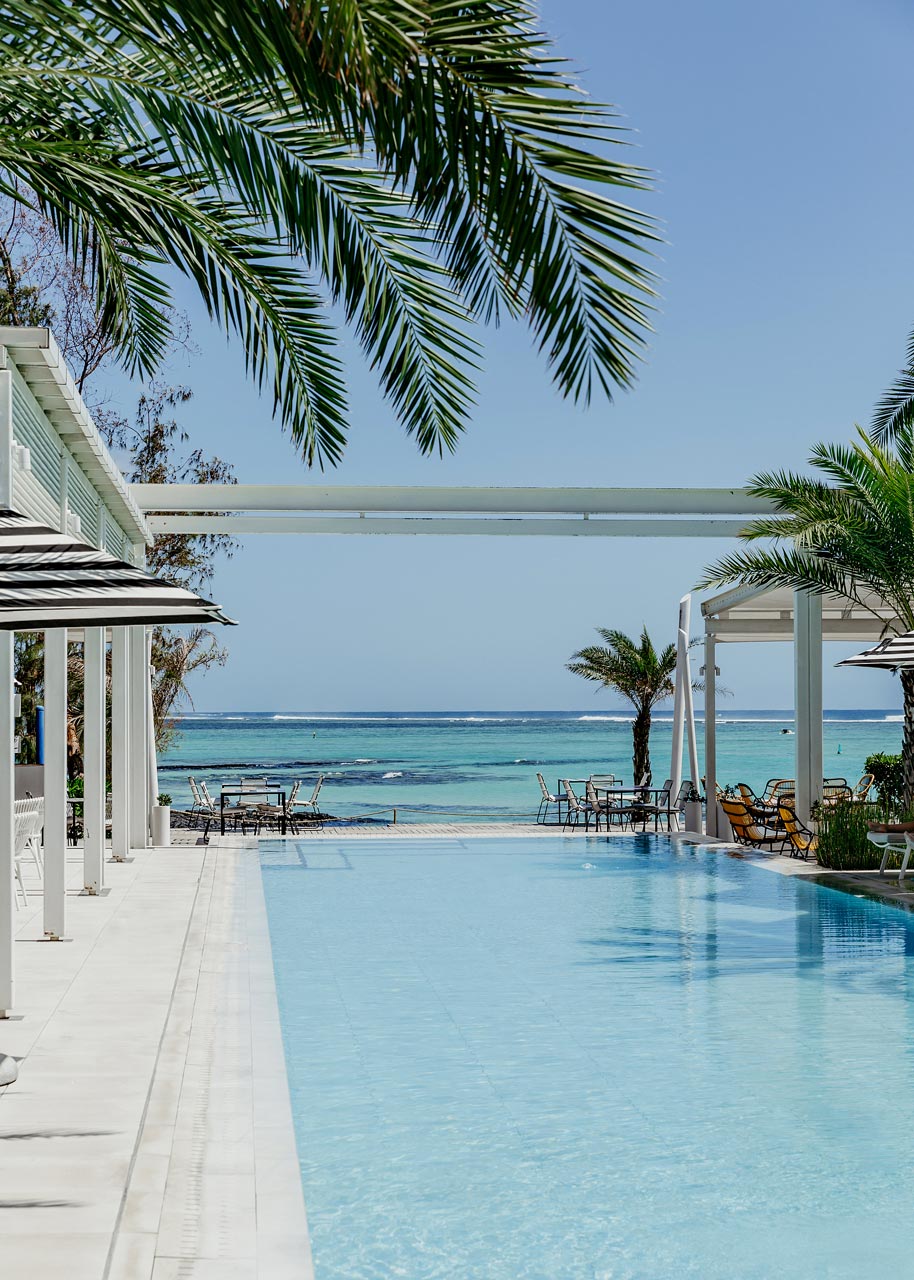
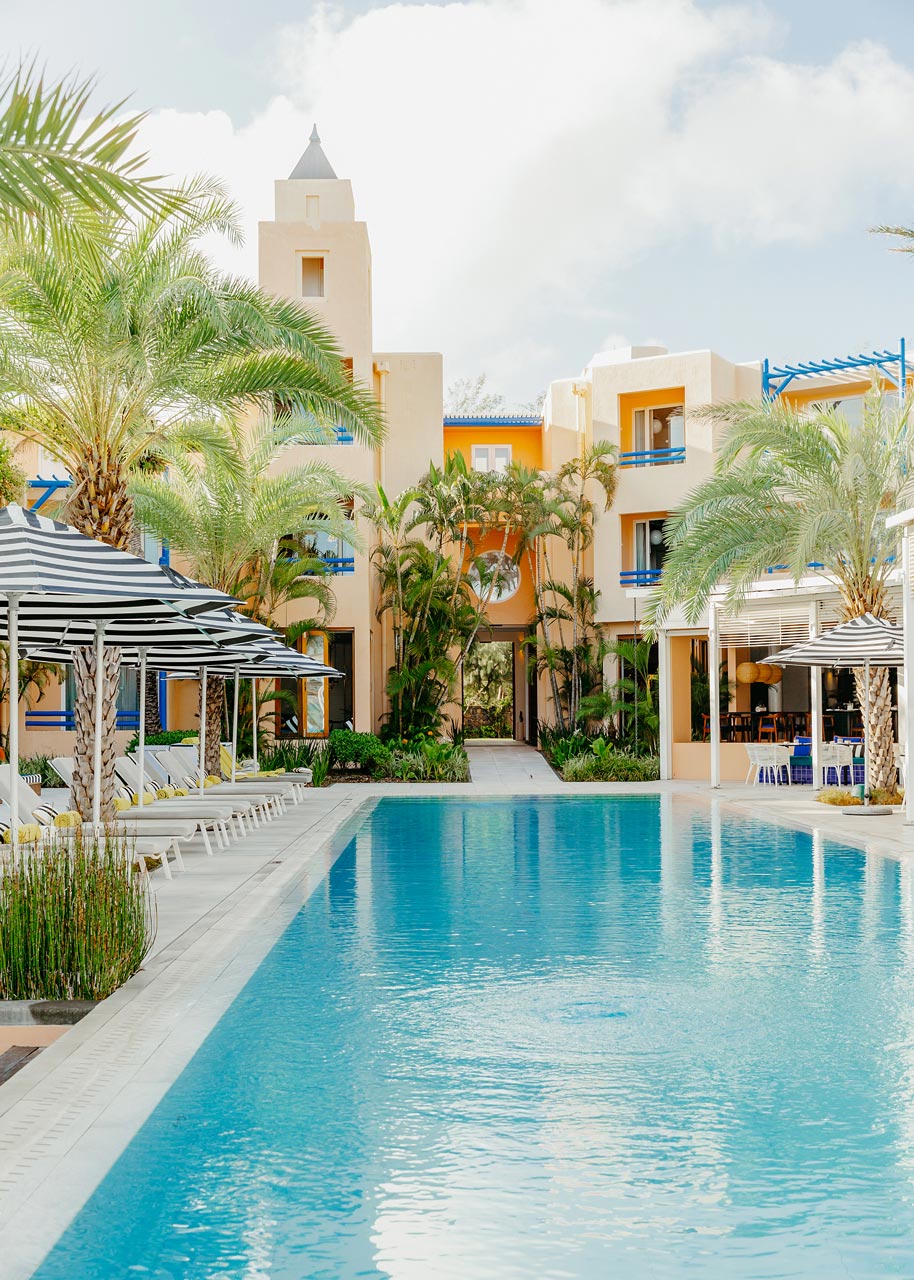
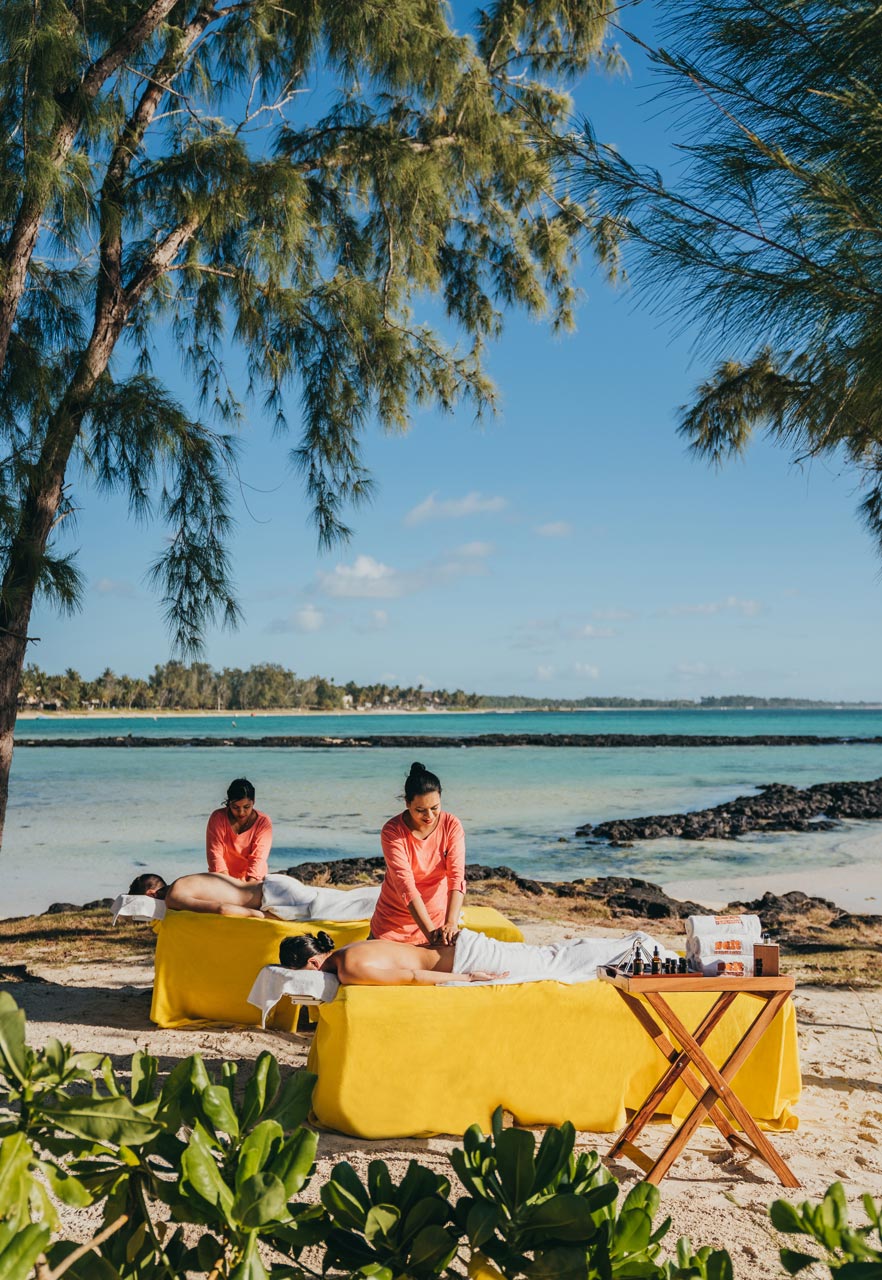
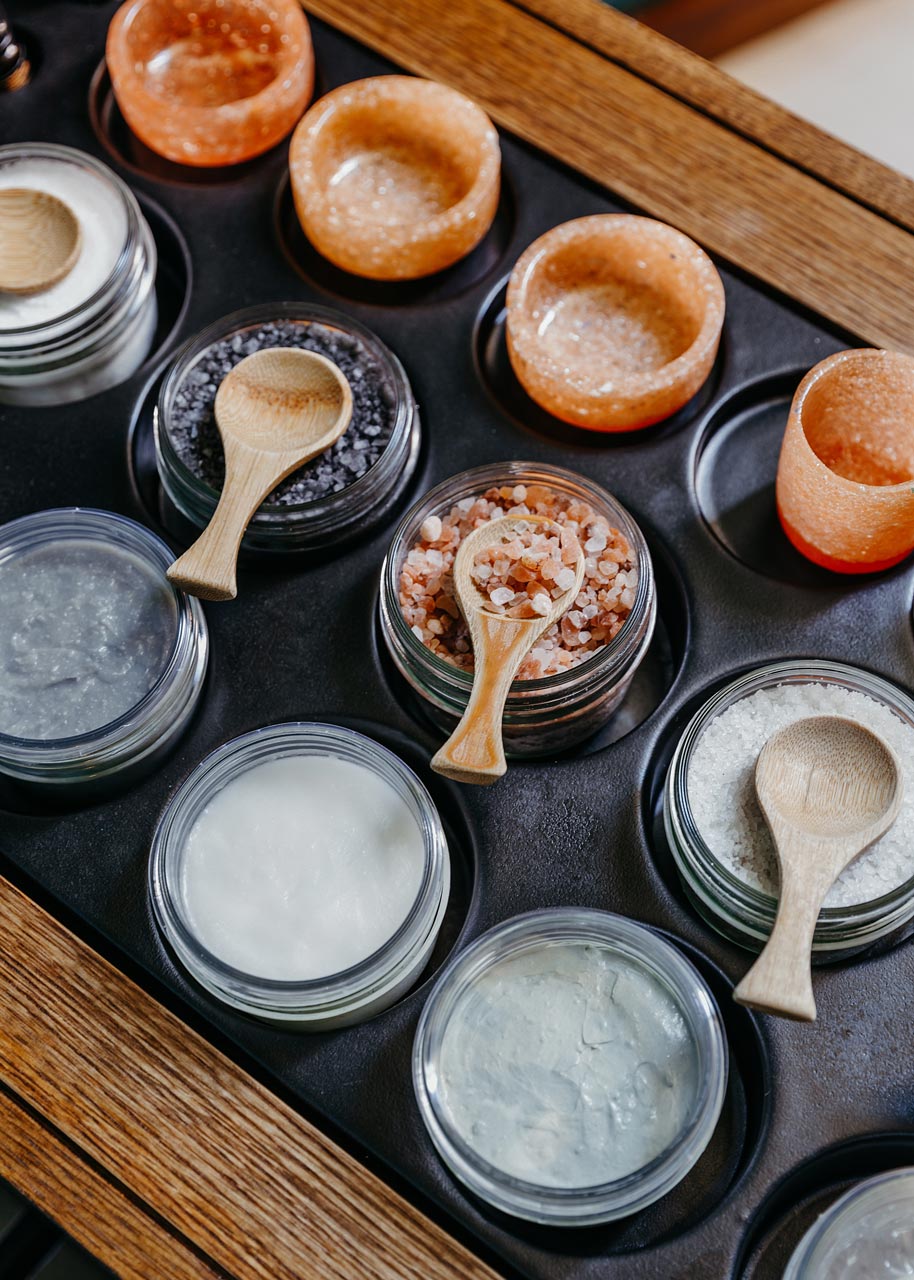
Design & Sustainability for the Future
Mauritius in 2026 is also a case study in sustainable architecture. The tropical modernism movement — championed by designers like Atelier Solaire — merges clean lines with natural ventilation, basalt stone, and reclaimed wood. The redesign of One&Only Le Saint Géran illustrates how timeless elegance can coexist with eco-responsibility. Across the island, boutique hotels and private villas are embracing renewable energy, water conservation, and locally sourced materials, setting a new benchmark for island design ethics.
Practical
Where to stay:
- Shanti Maurice Resort & Spa – Saint Félix, Mauritius
- Lakaz Chamarel Exclusive Lodge – Chamarel, Mauritius
- LUX* Le Morne – Le Morne Peninsula
- Anantara Iko Mauritius Resort & Villas – Blue Bay, Mauritius

